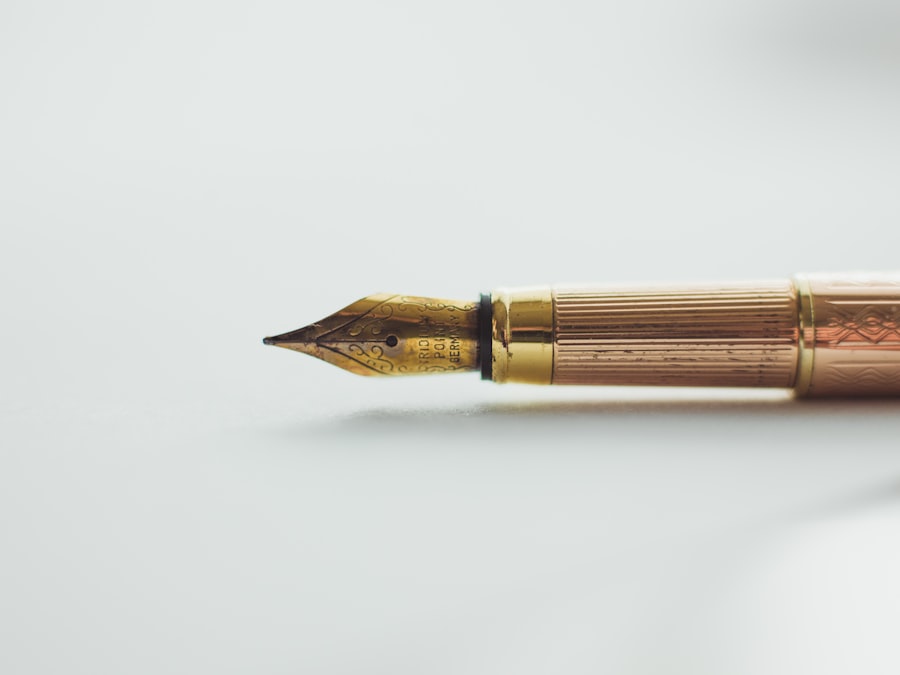Rolf Nelson shares a few thoughts at MOTW. After starting with exactly how complicated a simple-sounding question like "what is the best gun/ammo/etc to buy" can be, he digresses to the less than obvious complexities of fountain pens, for people who've only written with cheaply available ball-pojnt or gel pens... (and yes, ball point, at least technical pens, also can be a rabbit hole unto themselves):
And yet, when we turn to a new thing, we often ask the “how complicated can it be?” idiot inquiry ourselves. “Fountain pen. Ink. Paper. What could possibly go wrong? I mean, it’s not like it’s a new technology, right?”
Yep. Sure thing, boss. Just like that.
...
A 90-second synopsis is needed to explain my epiphany. There are over a thousand inks for fountain pens at JetPens.com, and some work in dip pens, some do not, and vice-versa. There are a variety of fountain pen nibs commonly available from major pen sellers, broadly grouped into “normal” and italic (oh, and “fude” calligraphy pens), and each come in a variety of widths and sizes, some of which are interchangeable on various pens, some of which are not. There are different nib materials, including stainless steel (most of them) 14k and 18k gold, titanium, and various plating and tipping materials. Some nibs flex more than others. Some inks are thicker, and flow much more sparsely, some are very “wet” and flow much more easily, and which is “best” for a particular pen model depends on many factors, including what paper you are using, how wide the nib is, how hard you press, what effects you want, how fast you need it to dry, are you left-handed, and more. The ink “fountains” can be cartridges, or “converters” that are piston, eyedropper, twist, or plunger, might be brass, steel, plastic, glass, and are sometimes but not always interchangeable. Do you need a high degree of forgery-resistance, or mere ordinary water-proofness, or do you need it to be easily water-removable? The exact same ink may look quite different when writing with an extra-fine nib rather than a 1.1mm italic nib because to flow-rate is so different that you see a very different saturation level, and therefore a different tone and appearance. Nearly the same color from two different companies, like Noodlers Walnut Brown and Platinum Classic’s Sepia may look similar on the screen, and not very different on your paper, but have a totally different feel when writing – in one of my pens, the walnut writes smoothly and is pleasant, making beautifully crisp lines and no noise, but the iron-gall based sepia is scratchy and gappy; it is very unpleasant to write with, but in a different pen with a different nib the effects are nearly perfectly reversed.
He goes on then to draw a further corallary to faith, and all the complexities we just know because we grew up with it.
The whole post is worth a read, and while you're at it, he's an excellent author. I've reread both The Heretics of St. Possenti and the original "screenplay" version of The Stars Came Back a couple times. The first half of the latter is also available in a "standard prose" version now that I intend to pick up, as Back from the Dead, and a sequel has been released titled Insanity's Children.
FWIW, I carry around a Lamy Safari for my notebook/journal/planner, using a refillable adapter, a retrofitted fine nib, and Noodlers black waterproof ink.

